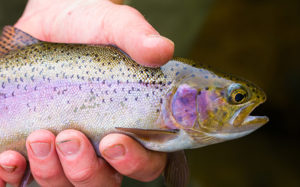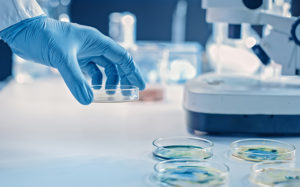ANIMAL WELFARE
Dramatic changes and emerging challenges in more than 30 years of fish health and welfare
An interview with Professor Jimmy Turnbull, PhD, University of Stirling
How acoustic technologies are aiding fish health and welfare
Monitoring fish using sound is on the rise in aquaculture, meeting a need to accurately assess the health and welfare of farmed-fish populations in changing environments.
Norwegian salmon industry’s annual ‘health check’ underlines areas for improvement
The Norwegian Veterinary Institute’s latest Fish Health Report1 has highlighted record numbers of sea lice treatments and bacterial diseases causing complications for fish producers in Norway — but in order for its authors to keep up with changes in the industry, new, more specific data needs to be collected and made available in coming years.
Data and feed helping tackle some of Europe’s prevalent fish-health threats
A Europe-wide project is helping establish new approaches to tackle economically important parasites and pathogens, both in the Mediterranean and Norway.
New approach could improve understanding of farmed seabream welfare
Analyzing proteins from the skin mucus of gilthead seabream (Sparus aurata) could offer a promising, welfare-friendly route to monitor stress levels of the fish during production cycles.
How to bring greater welfare knowledge to the world’s tilapia farmers
An interview with Sara Barrento, e-learning and aquaculture program manager for FAI Farms
Visual indicators fall short in assessing anesthetic effect on fish
Visual observation is inadequate to assess whether anesthetics have rendered fish unconscious, leading to potential welfare risks, according to research in Sweden.
Reducing the need for live fish in vaccine research and development
Initiatives to avoid the use of live animals in research are happening across academia and industry worldwide, based on the “3 Rs” principles — replacement, reduction and refinement.
Research highlights ways to improve the lives of cleaner-fish species
The welfare of lumpfish used in biological control of sea lice significantly worsens after they are moved to cages at sea, while for wrasse, challenges in nurseries are causing problems before sea transfer.
Revealing shared welfare challenges and solutions in the Scottish salmon industry
Sea lice, gill health and environmental challenges are the major considerations for Scottish salmon producers looking to improve the welfare of their fish, according to an Institute of Aquaculture survey.










